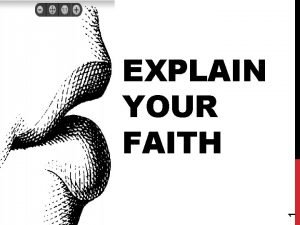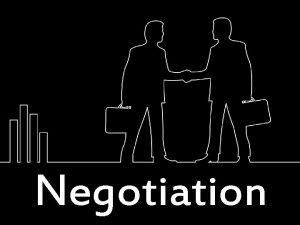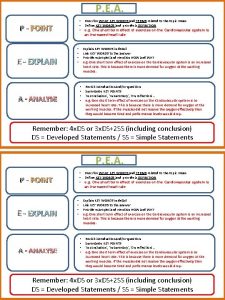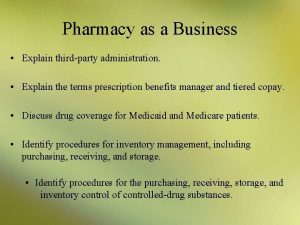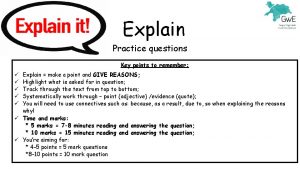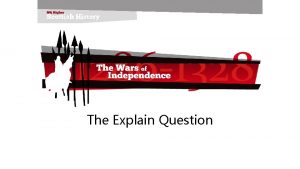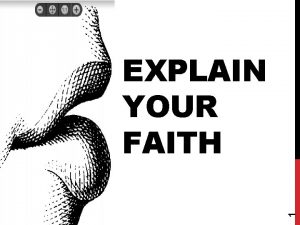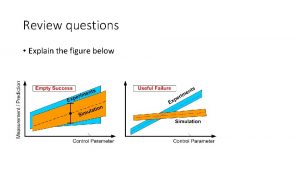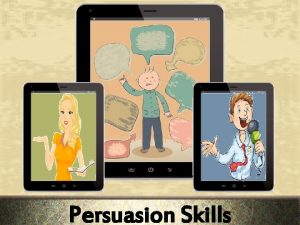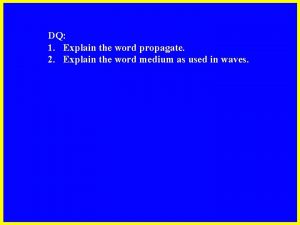SS 4 H 4 The student will explain






















- Slides: 22

SS 4 H 4 The student will explain the causes, events, and results of the American Revolution. a. Trace the events that shaped the revolutionary movement in America, including the French and Indian War, British Imperial Policy that led to the 1765 Stamp Act, the slogan “no taxation without representation, ” the activities of the Sons of Liberty, and the Boston Tea Party.

After the French and Indian War, King George left British troops in the colonies to defend attacks against the new land to ensure that the colonists followed the proclamation. These soldiers were British soldiers who lived in With the colonists! England. Where did they live in the colonies?

The Quartering Act 1765 What was the Quartering Act? How did the colonists feel about the Quartering Act?

The Quartering Act required colonists to provide food and housing to British soldiers.

Colonists were outraged that they were expected to provide for the British troops in their homes.

The Stamp Act 1765 What was the purpose of the Stamp Act? How did colonists feel about and react to the Stamp Act?

After the French and Indian War, England was in debt, and needed money to pay for troops in the colonies. King George, III decided to tax the colonists as a way to raise money to pay for the war. CAUSE England needed money after the French and Indian war EFFECT The Stamp Act was a way to raise money by taxing the colonists.

The new tax required all the colonists to pay a tax on every piece of printed paper they used.

All printed paper products required a stamp: newspapers, books, shipping records, playing cards, school materials, bibles, psalm books, etc.

DO NOT EVEN PONDER THE THOUGHT OF SELLING OR TRADING GOODS WITHOUT IF YOU CHOOSE TO DISOBEY THIS LAW A SEVERE PENALTY WILL BE PAID

Sample stamps that would have been required on all paper products

Different products had a different tax value. The stamp would indicate the amount of tax required for that document. Shillings and pence were denominations of English money, just like pennies, quarters, and dollars are denominations for U. S. currency.

Colonists did not like being taxed by Great Britain. Many felt that only their own governments in the colonies had the right to tax them.

Colonists formed groups called the Sons of Liberty to organize protests against the Stamp Act. Samuel Adams was a leader of the Sons of Liberty in Boston. Colonists burned the Stamp Act in protest. Liberty means freedom from being controlled by another government.

As a way to show their opposition to the Stamp Act, some colonists used a symbol similar to this one in the place where the stamp would go. A protest is a way to express disapproval.

The Sons of Liberty encouraged colonists to boycott paper products that required a stamp. Colonial merchants also began boycotting British goods imported from England.

It also has the protest stamp printed in the corner. This article says it will be the last publication of the paper until the Stamp Act is repealed. As a way to protest the Stamp Act, people boycotted printed paper. The Philadelphia Journal stopped publishing the paper.

Sometimes the Sons of Liberty used violence. They wrecked the homes of some of the British officials, and beat up some of the tax collectors.

The colonies didbecame not have What slogan representatives in the British popular at protests that government, so they thought it declared how the was unfair for the British colonists felt about government to make them pay taxes. England’s taxes?


1766 Parliament (the British government) repealed, or canceled, the Stamp Act

The Stamp Act SS 4 H 4 The student will explain the causes, events, and results of the American Revolution. a. Trace the events that shaped the revolutionary movement in America, including the French and Indian War, British Imperial Policy that led to the 1765 Stamp Act, the slogan “no taxation without representation, ” the activities of the Sons of Liberty, and the Boston Tea Party. What was the purpose of the Stamp Act? How did colonists feel about and react to the Stamp Act?
 Class maths student student1 class student string name
Class maths student student1 class student string name Student learning space password
Student learning space password How _________ your last weekend?
How _________ your last weekend? National student clearinghouse student tracker
National student clearinghouse student tracker What did they do last weekend
What did they do last weekend Freckle.student.com
Freckle.student.com National student clearinghouse student tracker
National student clearinghouse student tracker Good morning students how are you
Good morning students how are you Bổ thể
Bổ thể Vẽ hình chiếu đứng bằng cạnh của vật thể
Vẽ hình chiếu đứng bằng cạnh của vật thể Nguyên nhân của sự mỏi cơ sinh 8
Nguyên nhân của sự mỏi cơ sinh 8 độ dài liên kết
độ dài liên kết Các môn thể thao bắt đầu bằng tiếng đua
Các môn thể thao bắt đầu bằng tiếng đua Khi nào hổ con có thể sống độc lập
Khi nào hổ con có thể sống độc lập Thiếu nhi thế giới liên hoan
Thiếu nhi thế giới liên hoan Alleluia hat len nguoi oi
Alleluia hat len nguoi oi điện thế nghỉ
điện thế nghỉ Một số thể thơ truyền thống
Một số thể thơ truyền thống Trời xanh đây là của chúng ta thể thơ
Trời xanh đây là của chúng ta thể thơ Số nguyên tố là số gì
Số nguyên tố là số gì Tỉ lệ cơ thể trẻ em
Tỉ lệ cơ thể trẻ em Phối cảnh
Phối cảnh Các châu lục và đại dương trên thế giới
Các châu lục và đại dương trên thế giới
























